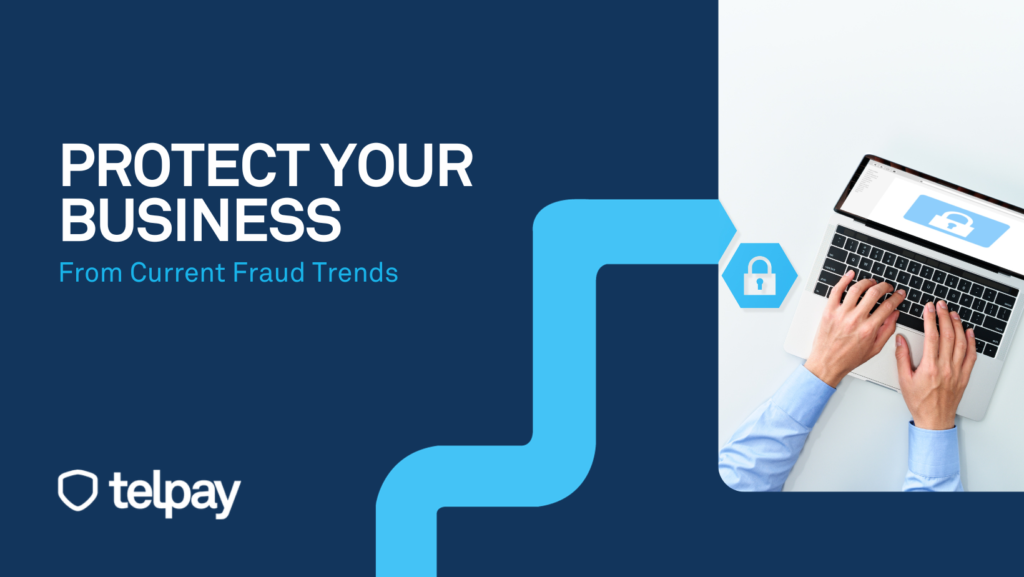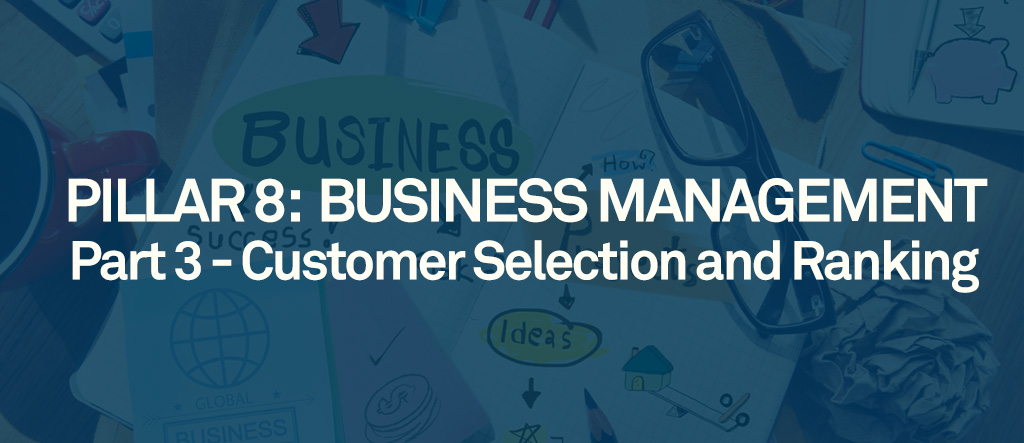
Guest Blogger: Our special guest contributor in a 2 part improving work-life balance series is Jag Barpagga with Welcome Networks, a leading cloud provider with virtual desktop and managed IT services.
 Want some more free time this busy season? You could stop taking showers or ban TV at home but there are more effective and less offensive options out there for you. During a webinar hosted by Accounting Today and Wolters Kluwer (CCH) a couple of months ago, improvement in processes and workflow ranked as one of the top concerns for most accounting firms. This is an area that can bring a huge improvement in your efficiency and productivity in the practice because you will be able to do more in the same or maybe in even less time.
Want some more free time this busy season? You could stop taking showers or ban TV at home but there are more effective and less offensive options out there for you. During a webinar hosted by Accounting Today and Wolters Kluwer (CCH) a couple of months ago, improvement in processes and workflow ranked as one of the top concerns for most accounting firms. This is an area that can bring a huge improvement in your efficiency and productivity in the practice because you will be able to do more in the same or maybe in even less time.
The Role of Better Task Management
Harvard Business Review conducted a three years long study with 15 executives and 45 knowledge workers at different companies with the goal to find ways on how to be more productive. The study revealed that an average of 41% of the respondent’s time is spent on activities that do not offer a lot of value and can be done by others or can be removed from their daily tasks. The main takeaway was:
“Eliminate or delegate unimportant tasks and replace them with value-added ones.”
There are three ways to categorize your tasks
• Tasks that can be stopped now with no consequences
• Tasks that can be delegated with minimal effort
• Tasks that need to be refined to run more efficiently
The best results found were from delegating desk-based work – this saved an average of four hours per week. Completely dropping unnecessary tasks resulted in about two hours of time saved per week. Maybe these extra six hours can be used to refine your operations or going home early. Lotta Laitinen, one of the respondents in the HBR study, spent her freed up time supporting her sales team and found a 5% increase in sales. Think consciously about what a specific task is doing for yourself and your business.
“I use myself to build the brand, to build the sort of three or four hundred companies around the world, but I learned the art of delegation.”
–Richard Branson, Founder of Virgin Group
You most likely have a strong team working with you so think positively when giving them the freedom to complete certain tasks and support the business like their own. Look for solutions that eliminate process time and allocate that time to something else. We at Welcome Networks monitor the type of programs and applications being used by firms and find that most progressive firms use programs and applications that drive efficiency and save time. This is being reflected in the yearly growth of their firms. For example, one popular application being used is Telpay, a solution that allows you to pay suppliers electronically and securely. This can potentially eliminate an hour of your day and minimize the chances of cash flow planning being compromised. On top of the savings on postage, envelopes and cheque costs, the most important thing that you save is time, which ultimately reflects in your bottom line during the crazy, busy tax season. All this ultimately ends with happy clients who will positively impact your business.
You’re The Eliminator or The Delegator
Pause, reflect, and execute. Be a great delegator to distribute the workload or eliminate tasks to free up time. Being humble and open can allow you to find someone that is better than you in a specific task so you can focus on the bigger picture. Managing a multitude of tasks isn’t easy – eliminating them or finding someone else to do them isn’t either. It’s up to you to weigh out what is most important to you, your company, and your lifestyle.
If you wish to read HBR’s report visit: https://hbr.org/2013/09/make-time-for-the-work-that-matters






